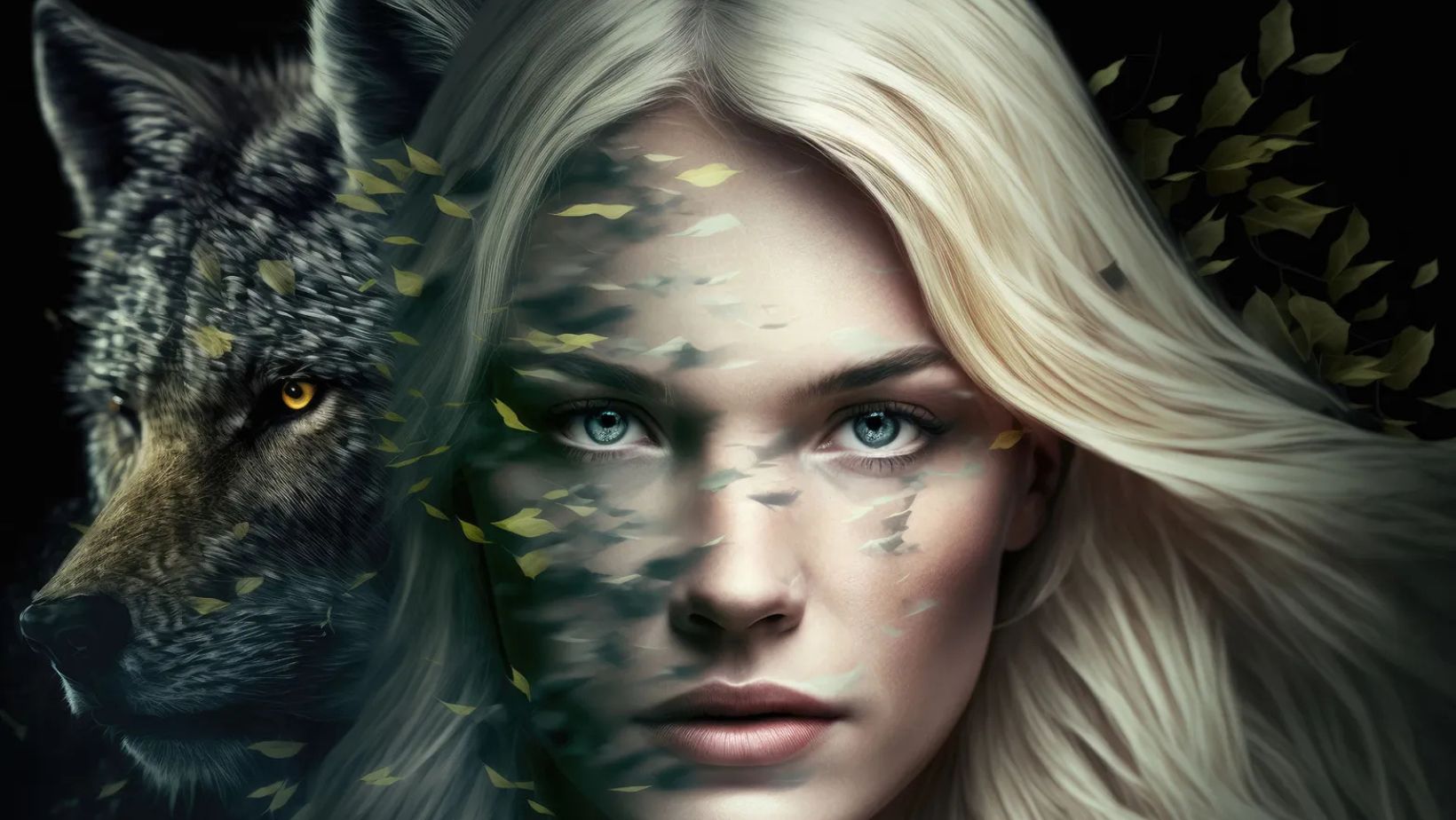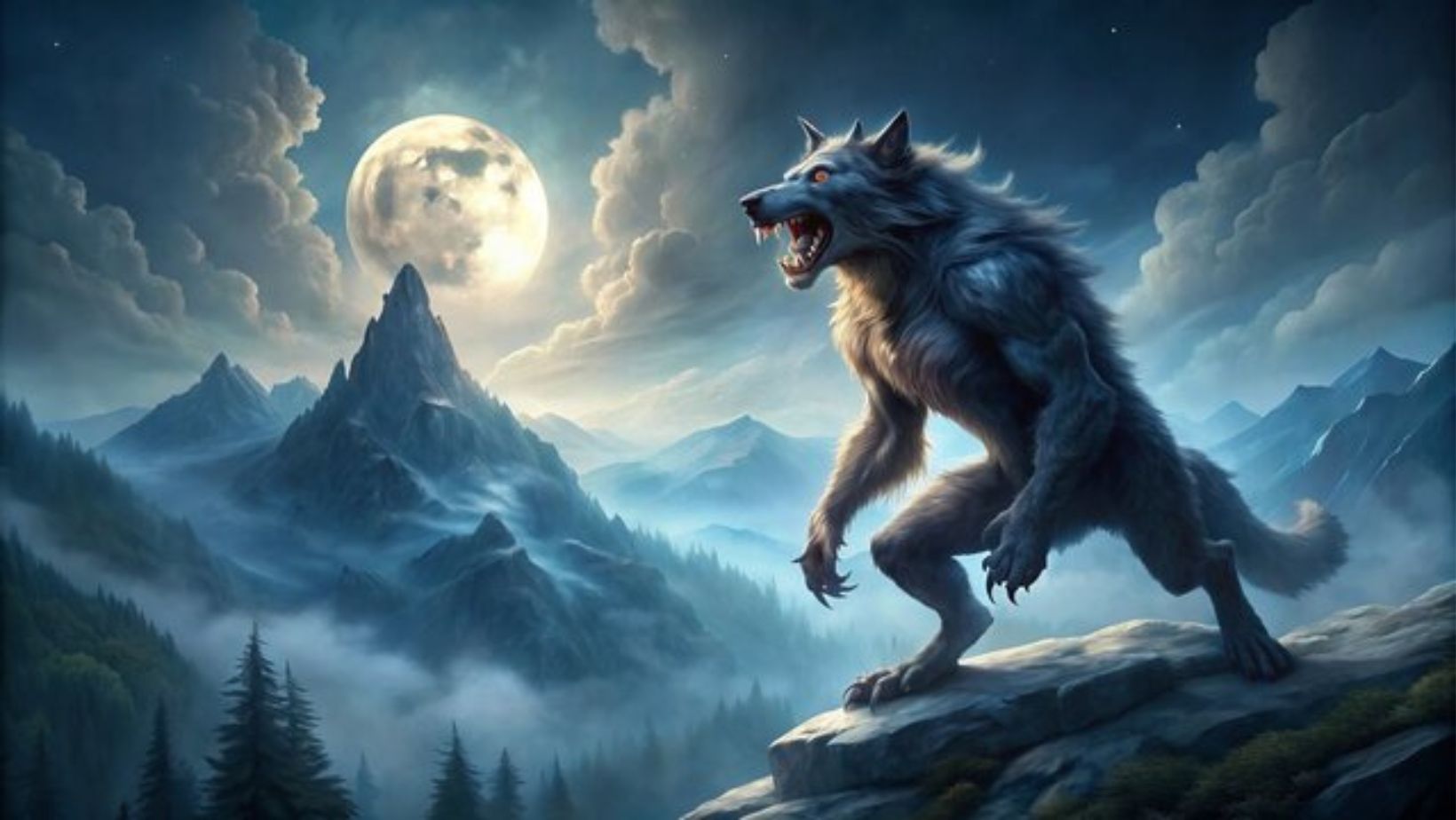Shapeshifting is a captivating theme found in myths across cultures. From werewolves in European folklore to skinwalkers in Native American legends, these tales have fascinated humanity for centuries. Shapeshifters often embody transformation and the fluidity of identity, sparking our imagination and curiosity. But what lies behind these stories? Are they merely myths, or do they hold a kernel of truth? In this blog, we’ll dive into the enchanting world of shapeshifters. We’ll explore their cultural significance, the psychology behind them, and how these myths intersect with reality. Get ready to unravel the mysteries of shapeshifting!
The Concept of Shapeshifting: An Overview

Shapeshifting refers to the ability to transform one’s physical form into another entity, often an animal or another human. This concept has appeared in folklore, myths, and religious texts worldwide. Shapeshifters can embody various forms, reflecting the fluid nature of identity and existence.
Historically, shapeshifting stories date back thousands of years. In ancient cultures, these tales served as allegories for transformation, survival, and the relationship between humans and nature. For example, in Greek mythology, gods frequently changed their forms to interact with humans, showcasing their power and unpredictability.
Shapeshifting is prevalent in various cultural narratives. In many Native American legends, skinwalkers are said to possess the ability to transform into animals, often symbolizing both danger and power. Similarly, European folklore features werewolves, who transform during full moons, reflecting the duality of human nature. Overall, shapeshifting is a powerful concept that challenges our understanding of identity and the boundaries between humans and animals.
Mythological Shapeshifters: From Legends to Literature
Mythological shapeshifters have captivated audiences for generations, appearing in stories worldwide. One of the most famous examples is the werewolf, prevalent in European folklore. Legends tell of humans who transform into wolves during a full moon, embodying both fear and fascination with the animalistic side of humanity.
In Native American mythology, skinwalkers are notorious shapeshifters. These beings are often portrayed as witches who can turn into various animals, such as coyotes or owls, using their powers for both good and evil. Skinwalkers symbolize the thin line between human and animal, as well as the balance of nature.
Asian cultures also have their own versions of shapeshifters. In Japanese folklore, the kitsune, or fox spirit, can transform into a beautiful woman. Kitsune are believed to possess magical abilities and are often seen as protectors, blending the themes of loyalty and trickery.
Each of these examples illustrates how shapeshifters embody different cultural values and fears. They serve as metaphors for transformation and the complexities of identity. By examining these mythological figures, we gain insight into human nature and our relationship with the world around us.
The Psychology of Shapeshifting: Why Are We Fascinated?
The fascination with shapeshifting myths stems from deep psychological reasons. At their core, these stories explore themes of transformation and identity. People often grapple with their sense of self, and shapeshifters embody the fluidity of human nature. This reflects our desires and fears surrounding change.
Shapeshifting can symbolize personal growth and evolution. When individuals undergo significant life changes, they might feel like they are becoming someone new. Myths of shapeshifting allow us to confront this experience in a safe and imaginative way. They offer narratives where characters undergo physical transformations, mirroring our internal struggles.
Moreover, shapeshifters often represent the conflict between our primal instincts and societal expectations. This duality resonates with our innate desires to break free from constraints. In many cultures, shapeshifting serves as a warning against losing one’s humanity in the pursuit of power or acceptance.
Ultimately, these myths tap into our collective psyche, reflecting our anxieties and aspirations. They challenge us to consider what it means to truly understand ourselves and our place in the world. This psychological exploration makes shapeshifting an enduring theme in storytelling across cultures.
Shapeshifting in Modern Media and Pop Culture

Shapeshifters have become prominent figures in modern media and pop culture. Films, TV shows, and literature frequently explore these intriguing characters, often adding depth and complexity to their narratives. For instance, the “Twilight” series features werewolves, while the “Harry Potter” series introduces animagi—wizards who can transform into animals. These portrayals shape how audiences perceive shapeshifters, often blending myth with contemporary themes.
In addition to entertainment, these representations influence public understanding of identity and transformation. Shapeshifters in modern media often explore themes of acceptance, belonging, and the struggle between humanity and animal instincts. Shows like “The X-Files” and “Buffy the Vampire Slayer” delve into the darker aspects of shapeshifting, highlighting moral dilemmas and the consequences of transformation.
Moreover, these stories can challenge stereotypes and expand our views on identity. By depicting shapeshifters as complex characters, creators encourage audiences to reflect on their own experiences with change and acceptance. As shapeshifters continue to thrive in popular culture, they spark conversations about the nature of identity, illustrating that these ancient myths remain relevant today.
Real-World Analogies: Animal Behavior and Adaptation
Real-world analogies of shapeshifting can be found in the animal kingdom, where many species exhibit remarkable abilities to change their appearance or behavior. For instance, the chameleon is famous for its ability to change colors based on its environment. This adaptation helps it blend in with surroundings, aiding in camouflage and protection from predators.
Another example is the octopus, which can alter its skin texture and color to mimic rocks or coral. This ability not only provides defense but also allows the octopus to ambush prey. Such adaptations highlight the biological significance of change in the animal world.
Comparing these real-life examples to mythological shapeshifting reveals fascinating parallels. While mythological shapeshifters often embody deeper themes of transformation and identity, they share a fundamental trait with animals: the capacity for change. In myths, shapeshifting often reflects human desires to adapt or escape societal constraints.
Both biological adaptation and mythological shapeshifting explore the concept of survival. Whether through physical changes in animals or metaphorical transformations in stories, both highlight the significance of adaptability in nature and human experience. This connection underscores our enduring fascination with the idea of change.
Shapeshifting and Cultural Beliefs
Shapeshifting often reflects the cultural values and fears of a society. In many cultures, these myths serve as cautionary tales about the consequences of unchecked desires or moral failings. For instance, werewolves in European folklore embody the fear of losing one’s humanity to primal instincts. This reflects societal concerns about the darker aspects of human nature.
Additionally, shapeshifting serves as a metaphor for change and growth. Cultures use these stories to express the transformative journey individuals undergo in life. In Native American traditions, shapeshifters often symbolize spiritual growth, as characters learn to navigate different identities and roles. This highlights the importance of adaptability and resilience in facing life’s challenges.
Furthermore, shapeshifting myths can illustrate the complexities of identity. In societies grappling with issues of belonging or cultural change, these stories resonate deeply. They capture the tension between tradition and modernity, reflecting how individuals evolve while remaining connected to their roots. Overall, shapeshifting is more than a fantastical concept; it is a powerful lens through which to understand cultural dynamics and the human experience.
Debunking Myths: The Science Behind Shapeshifting Stories
Many shapeshifting tales can be explained through scientific phenomena and human psychology. For instance, the concept of metamorphosis in nature provides a biological basis for transformation. Insects like butterflies undergo significant changes in their life cycles, which may have inspired stories of magical transformations. This natural process demonstrates how real-life changes can influence myth-making.
Additionally, psychological factors play a role in shapeshifting myths. Humans have a tendency to project fears and desires onto narratives, creating stories that resonate with collective anxieties. The fear of the unknown often manifests in shapeshifting tales, where characters transform into creatures that evoke danger or mistrust. These stories allow societies to process their fears in a symbolic manner.
Moreover, some historical shapeshifting claims have been proven to be hoaxes or misinterpretations. For example, supposed werewolf sightings were often the result of rabies or other diseases that affected behavior. Other accounts stemmed from cultural misunderstandings or exaggerations. By examining these explanations, we can better understand how shapeshifting narratives emerged and evolved over time, often rooted in human experiences rather than supernatural occurrences.
The Role of Shapeshifters in Moral and Ethical Narratives

Shapeshifters play a significant role in conveying moral and ethical narratives across various cultures. These characters often embody the duality of good and evil, showcasing the complexities of human nature. For instance, a shapeshifter might initially appear benevolent, only to reveal darker motives later. This unpredictability serves as a cautionary tale about appearances and the hidden dangers that lie beneath the surface.
In many stories, shapeshifters are used to convey moral lessons about identity and integrity. They challenge characters and audiences to consider the consequences of their actions and choices. A character who transforms into a fearsome beast may illustrate the dangers of succumbing to base instincts or desires. This transformation often serves as a metaphor for the struggle between virtue and vice.
Furthermore, shapeshifting narratives can promote empathy and understanding. By portraying characters who navigate multiple identities, these stories encourage audiences to explore the complexities of human experience. They highlight how individuals can embody both light and darkness, emphasizing the importance of self-awareness and growth. Ultimately, shapeshifters in moral and ethical narratives challenge us to reflect on our own choices and the nature of humanity itself.
Conclusion: Shapeshifters
In conclusion, shapeshifting serves as a fascinating bridge between myth and reality, revealing deeper insights into human nature and cultural beliefs. Throughout history, shapeshifters have captivated our imaginations, embodying themes of transformation, identity, and morality. Today, these figures continue to resonate in contemporary society, influencing media and popular culture. As we explore the complexities of our own identities and the world around us, the enduring allure of shapeshifting reminds us of the power of transformation—both in fiction and in our personal lives. Ultimately, understanding shapeshifting enriches our appreciation for the narratives that shape our understanding of ourselves and others.
FAQs
Are shapeshifters real?
Shapeshifters, as depicted in myths and folklore, are not scientifically proven to exist. However, many cultures have stories of beings that can transform into other forms, reflecting human fascination with transformation and identity.
What are some common characteristics of shapeshifters in mythology?
Common traits of shapeshifters include the ability to take on animal forms or other human appearances, a connection to nature, and often a moral or ethical lesson associated with their transformations, such as the duality of good and evil.
How do modern interpretations of shapeshifters differ from traditional myths?
Modern interpretations often emphasize themes like empowerment and personal growth, diverging from the traditional associations with danger and deception. In contemporary media, shapeshifters can be portrayed as heroes or anti-heroes, reflecting evolving societal values.
What role do shapeshifters play in psychological theories?
In psychology, shapeshifters can symbolize the fluidity of identity and the human experience of change. They serve as metaphors for personal transformation, self-discovery, and the struggle between different aspects of one’s personality.
How can understanding shapeshifting contribute to cultural studies?
Studying shapeshifting narratives can provide insights into societal values, fears, and aspirations. It allows scholars to explore how cultures process concepts of identity, morality, and change, helping us understand the collective psyche of different societies.

